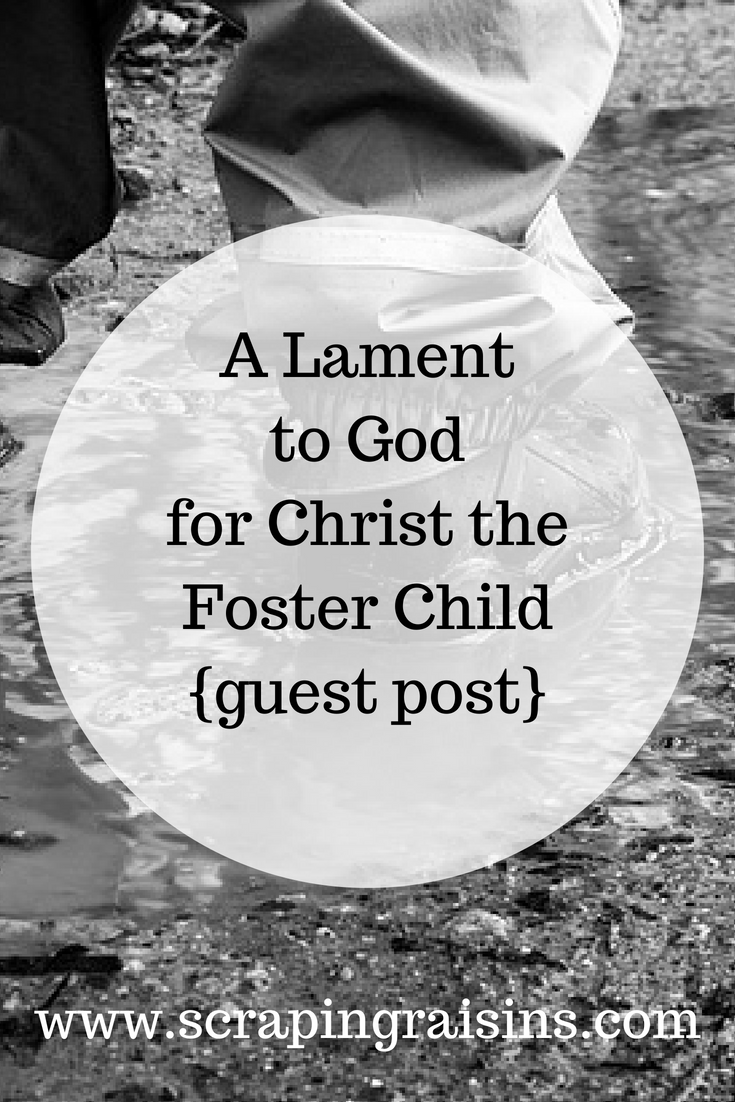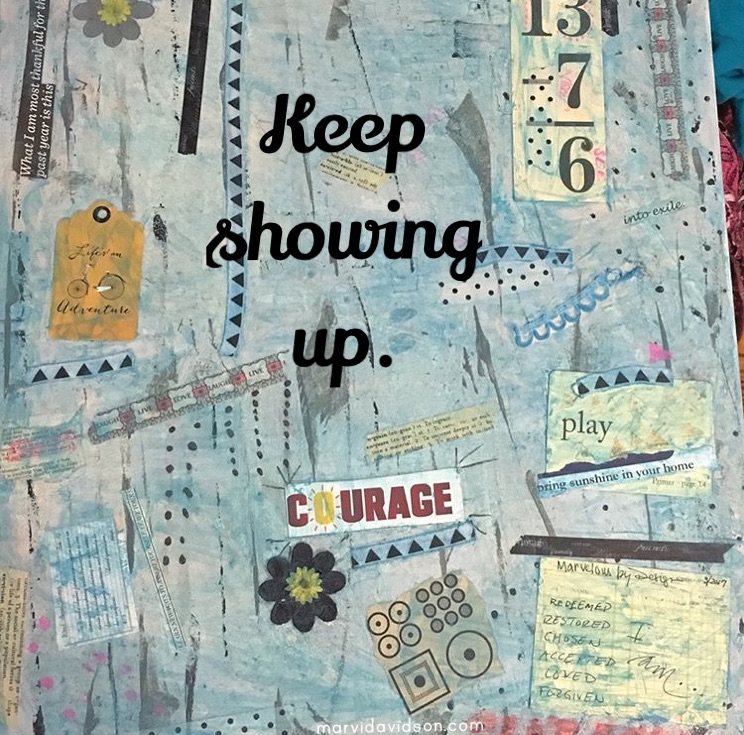
By Marvia Davidson | Instagram
You will find by doing. Doing brings revelation and clarity. In the discovery of gifts, I have found it to be challenging to own the place of my full purpose as a creative spirit. You see, I don’t simply do one thing in my creative practices. I engage in many creative things, but I’ve learned to give myself grace to play, grow, and discover what art forms I enjoy.
When I think of the discovery of gifts, I think of exploration and permission.
Maybe these aren’t always easy for us to give ourselves, but they are a much needed part of the process of finding our creative voice, and it enhances the gifts we bring. Sometimes those insights lead to deeper revelation of who we are and what we’re here for, and they can be surprising too.
I find more of my creative voice by showing up and doing the work of discovery – the practice of trying out ideas and techniques. I do this most frequently in writing because I’ve enjoyed writing and sharing ideas for many years.
When it came to any kind of art, I didn’t think I could do it. It looked hard, tedious, and nearly impossible. I doubted I would be able to draw, to create, or paint. I’ll tell you a secret to overcoming my self doubt, and it may sound odd, but social media has been an underestimated source of creative, guiding inspiration for me. I don’t mean to sound woo.
I mean that an app like Instagram has become a mini art school for me, a way to see how art is expressed in myriad forms. It has become an abundant place to learn, search, explore, and share my art, Yes! I said my art because I now call myself and artist. It is art I did not know I could do, but finding other creatives on Instagram has been encouraging for me. I have witnessed people growing in their process, and the more they share the more I find possibility beating in my own heart.
I enjoy making mixed media art and hand lettering, specifically brush lettering. These two art forms were daunting to me because I would peruse specialized magazines, books, or websites of perfectly styled and photographed pieces, but Instagram is full of people who share their behind the scenes process and how they do what they do despite their imperfections.
All of a sudden, I wasn’t afraid to experiment with these new gifts. Along the way, I realized these two art forms could serve as a way for me to express my purpose, values, and desire to see people encouraged through the tough circumstances of life. I also learned to accept I am an artist in my own unique way, and it is okay for me to walk out what it means to be one.
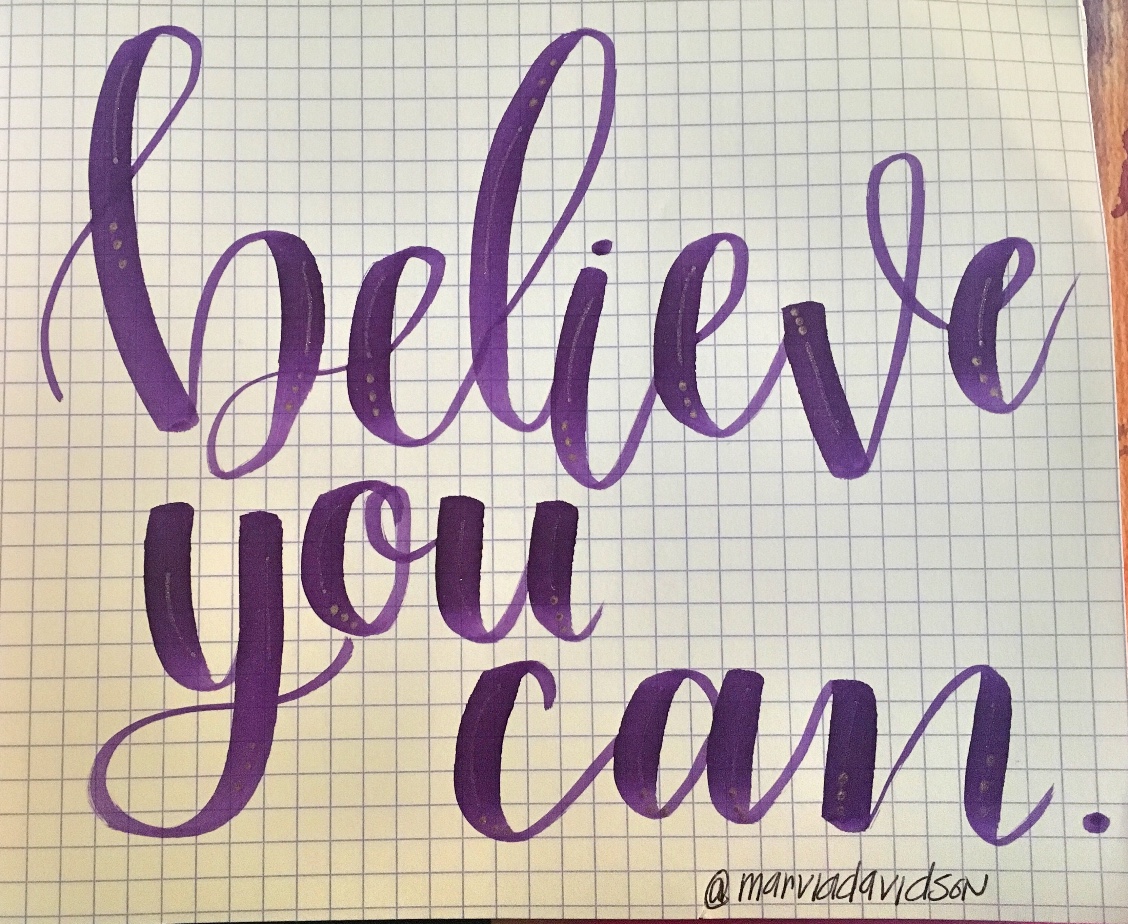
Because my art practices require time and patience, they have been a wonderful way for me to fight back against imposter syndrome and self doubt.
The discovery of color, painting, and pens gliding across blank paper encouraged me to develop my skills, and I’ve been having fun ever since. I wanted sustainable practices which could also serve as a soul care practice, and they are. Like quilting, I find the process of painting and hand lettering to be therapeutic and meditative. In a way, they allow me to infuse my work with focused attention to the message I want to convey.
I believe when we accept the nuances of who we truly are, we become more ourselves and we learn to live abundantly. We learn to give ourselves and one another room to be. We find there is room for us at the table, and the only thing that might be holding us back is our own limiting belief.
Engaging fellow artisans reminds me how much community can matter when we’re trying something new. Sharing our struggles, mistakes, and failures gives us room to refine our creative voices and the processes we use. When I see another artist sharing this way, it empowers me to take more bold steps in my own art because I know that discovery comes through the process of doing.
The more I do the artsy things, the more I am settled in who I am and the creative expression of the Divine in me. The challenge no longer keeps me from growing. I choose to show up. Every time I do, I let loose and play, allowing my heart, mind, and body to express with colors and words on canvas or page.
I choose to invest in myself and the materials I need to express my creative soul. This is an act of self love. To give one’s self grace to discover one’s gifts, is to love one’s self well, and I believe this opens a door for us to learn to love others well too.
I encourage you to pause and reflect on those creative inklings tumbling around your heart, and follow the curiosity of their unfolding beauty.About Marvia:
 Marvia is a Texas writer/creative soul who enjoys writing, making art, laughing loudly, baking, dancing ridiculously because it’s fun, and smashing lies that keep people from living whole. Join her at marviadavidson.com. You can also follow her on Twitter and Instagram @MarviaDavidson and on Facebook at facebook.com/marviawrites.
Marvia is a Texas writer/creative soul who enjoys writing, making art, laughing loudly, baking, dancing ridiculously because it’s fun, and smashing lies that keep people from living whole. Join her at marviadavidson.com. You can also follow her on Twitter and Instagram @MarviaDavidson and on Facebook at facebook.com/marviawrites.
***
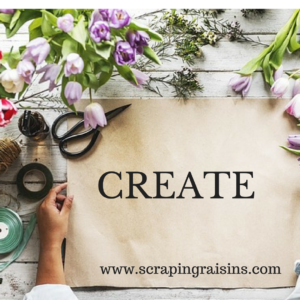
Our theme this month is “Create.” If you are a maker, artist, or creator and you would like to guest post, I still have a few spots left! Otherwise, check out the themes for the coming months here. The theme for July is “Hospitality Around the World.” And if you’re not interested in guest posting, follow me on social media (buttons on the top right) to be sure you don’t miss a post this month!


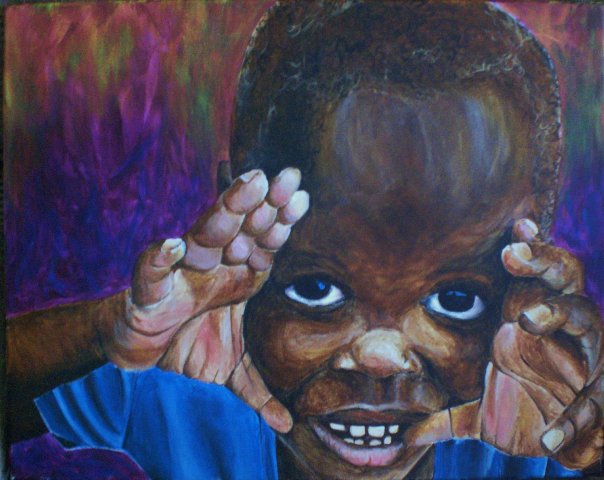
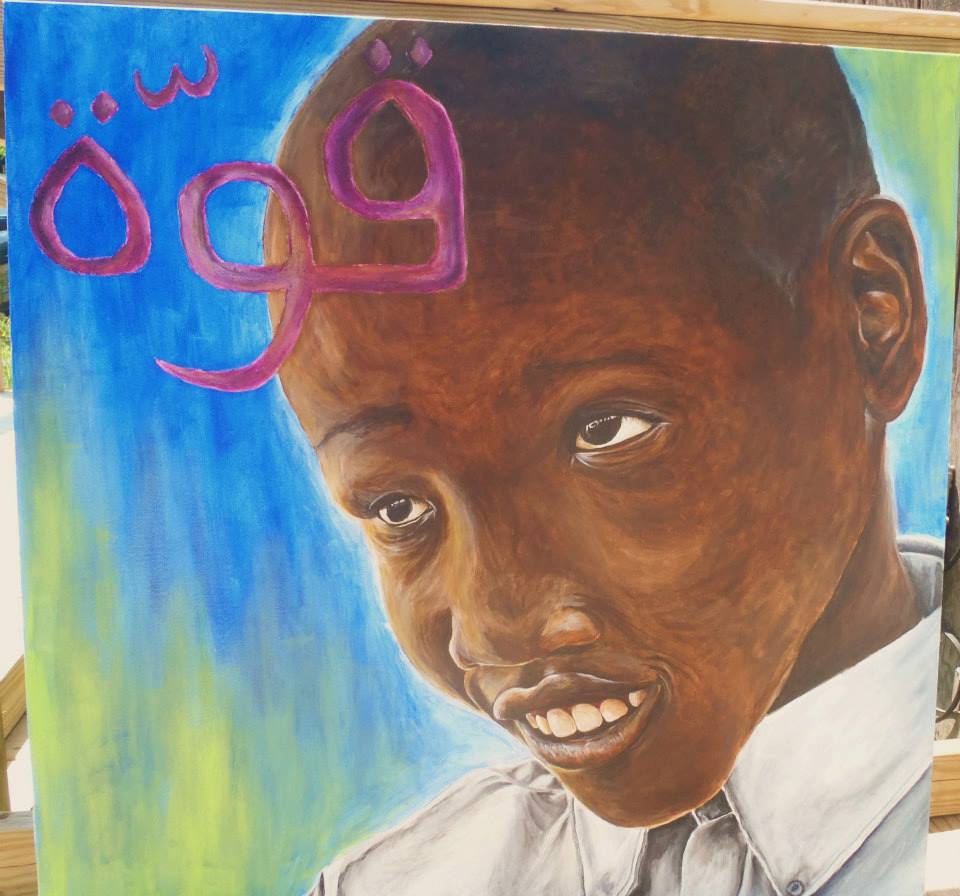
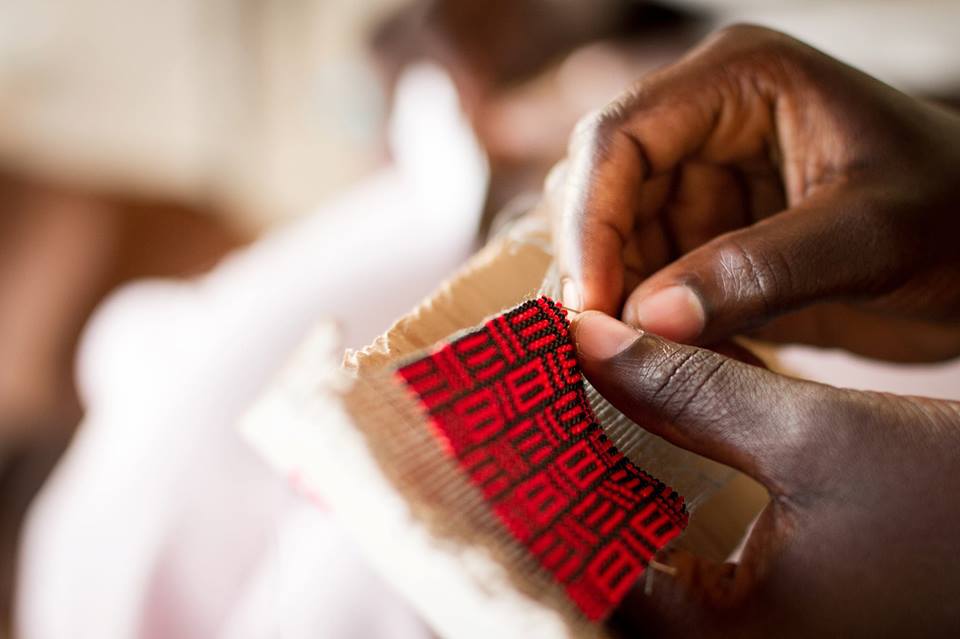
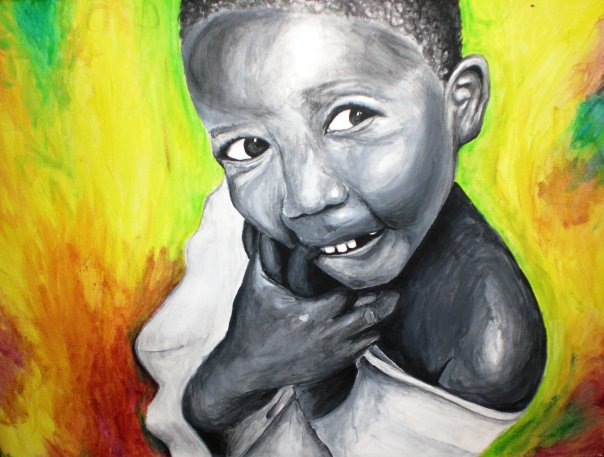
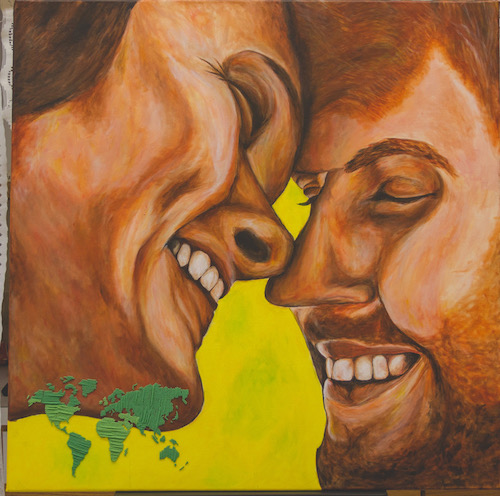
 Beth Watkins spent the last 6 years working in North and Sub-Saharan Africa with vulnerable populations. She is currently settling back in the US with her immigrant husband and writes about flailing awkwardly into neighbor-love at
Beth Watkins spent the last 6 years working in North and Sub-Saharan Africa with vulnerable populations. She is currently settling back in the US with her immigrant husband and writes about flailing awkwardly into neighbor-love at 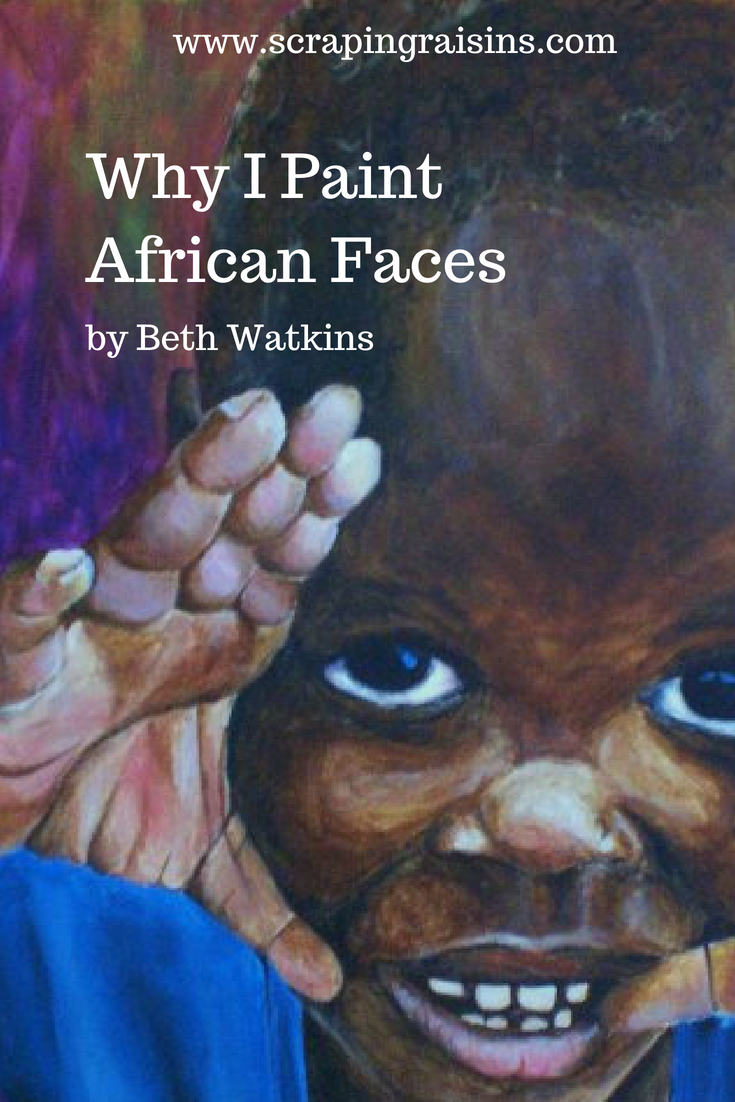
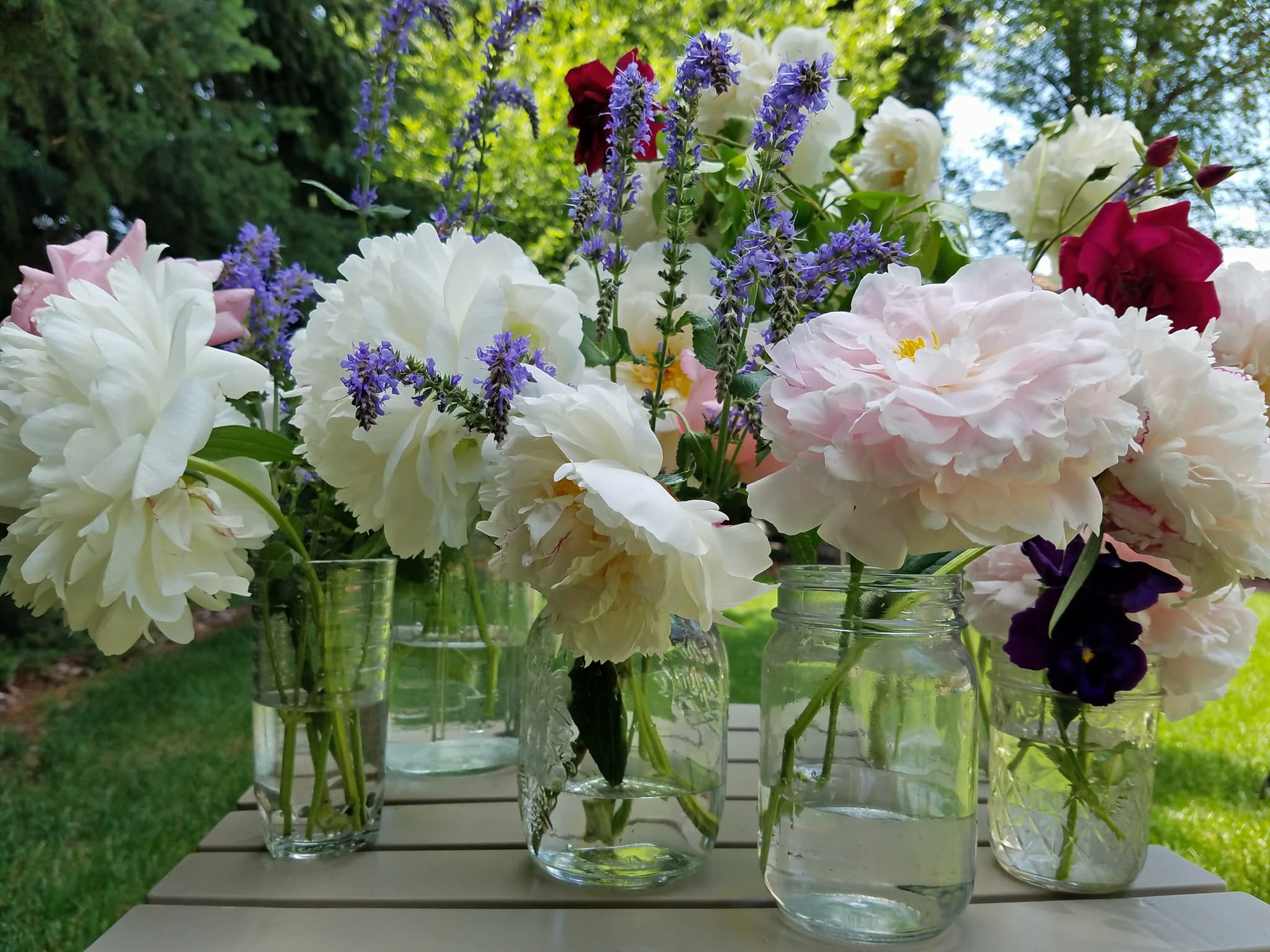
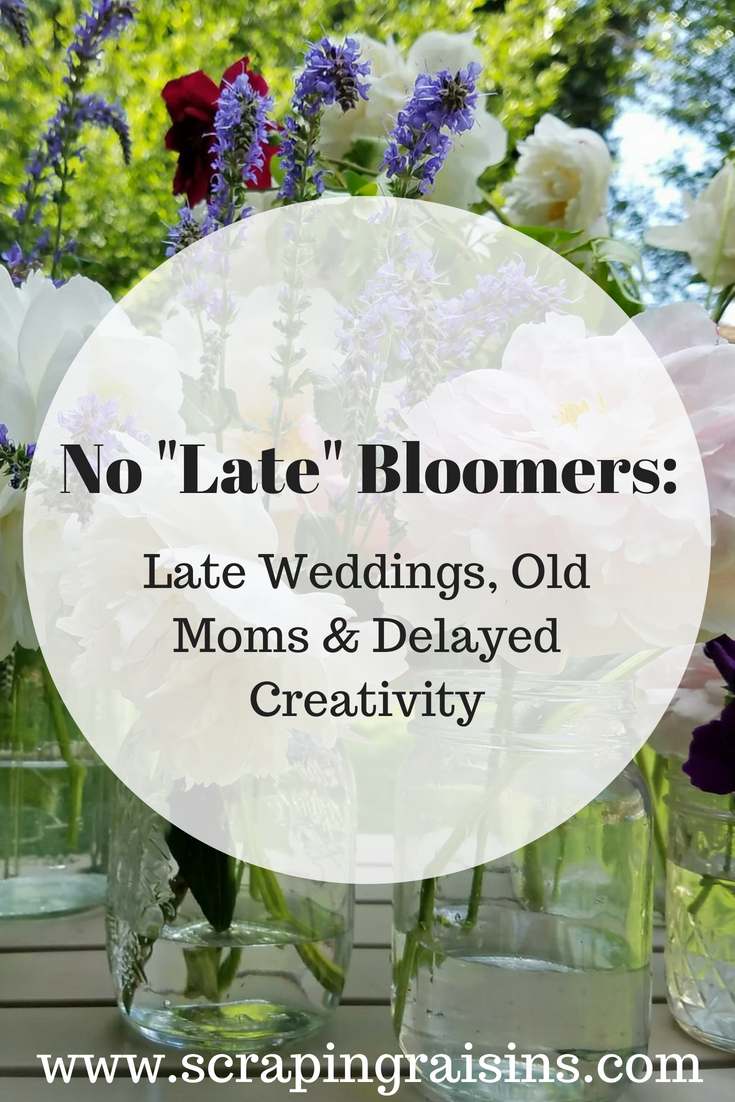
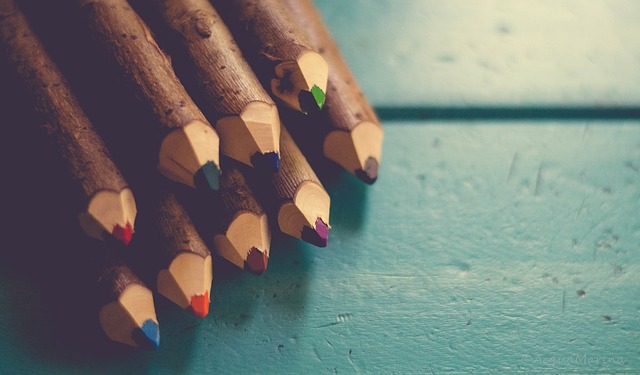



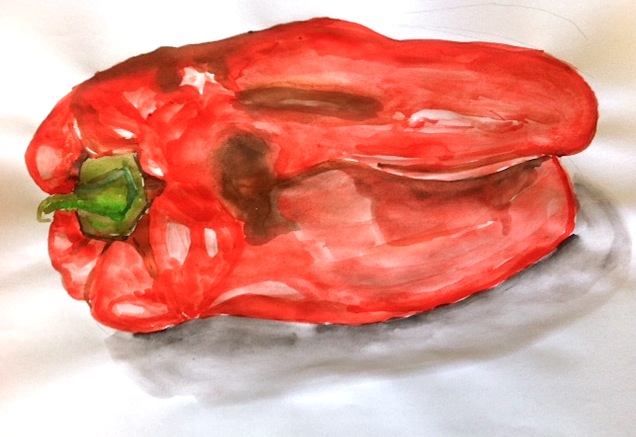




 Heather Caliri is a writer and shy artist from San Diego who uses tiny, joyful yeses to free herself from anxiety. Tired of anxiety controlling your life? Try her mini-course, “Five Tiny Ideas for Managing Anxiety,” for free
Heather Caliri is a writer and shy artist from San Diego who uses tiny, joyful yeses to free herself from anxiety. Tired of anxiety controlling your life? Try her mini-course, “Five Tiny Ideas for Managing Anxiety,” for free 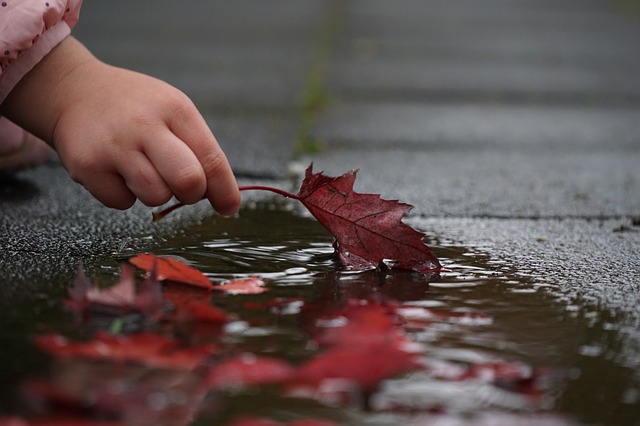
 Sheli Massie is a story keeper, seeker of justice, healing and hope in a broken world. She believes in longer tables, unlocked doors and living a barefoot life. She and her husband live outside of Chicago with their five children and one grandlove. You can find her over on Instagram @shelimassie_, Redbud Writers,
Sheli Massie is a story keeper, seeker of justice, healing and hope in a broken world. She believes in longer tables, unlocked doors and living a barefoot life. She and her husband live outside of Chicago with their five children and one grandlove. You can find her over on Instagram @shelimassie_, Redbud Writers, 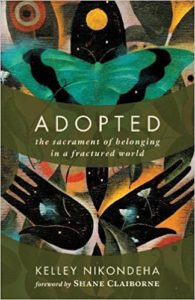 For our last week of posts on foster care, adoption and children, I’m giving away a free copy of Kelley’s book,
For our last week of posts on foster care, adoption and children, I’m giving away a free copy of Kelley’s book, 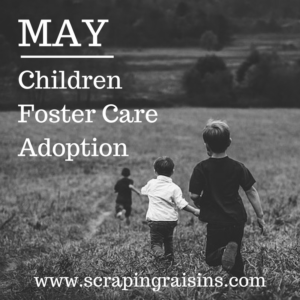
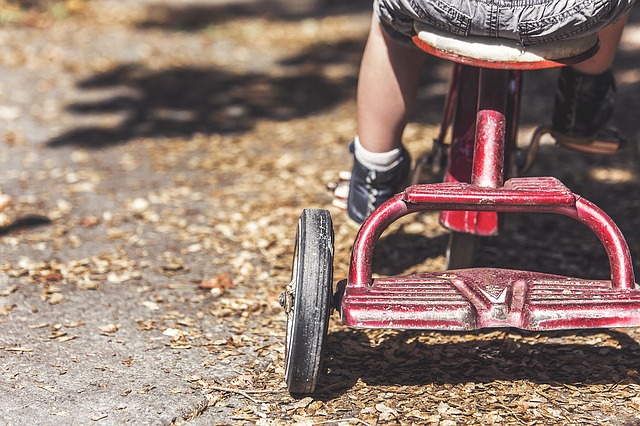
 Amanda is an art teacher by day and by night a writer, foster care advocate and avid DIYer. Her passion for helping others and her desire to reach the lost and hurting come through in her artwork, writing and relationships. She shares her home in Georgia with her husband, daughters, foster children and a menagerie of animals. You can find her sharing real life and real struggles on her website
Amanda is an art teacher by day and by night a writer, foster care advocate and avid DIYer. Her passion for helping others and her desire to reach the lost and hurting come through in her artwork, writing and relationships. She shares her home in Georgia with her husband, daughters, foster children and a menagerie of animals. You can find her sharing real life and real struggles on her website 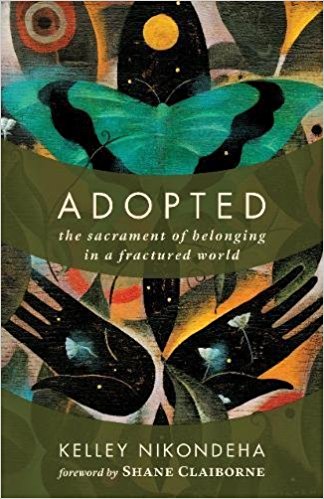
 Annie Rim lives in Colorado where she plays with her two daughters, hikes with her husband, and reflects about life & faith on her blog. She has taught in the classroom, at an art museum, and now in the playroom. You can connect with her at
Annie Rim lives in Colorado where she plays with her two daughters, hikes with her husband, and reflects about life & faith on her blog. She has taught in the classroom, at an art museum, and now in the playroom. You can connect with her at 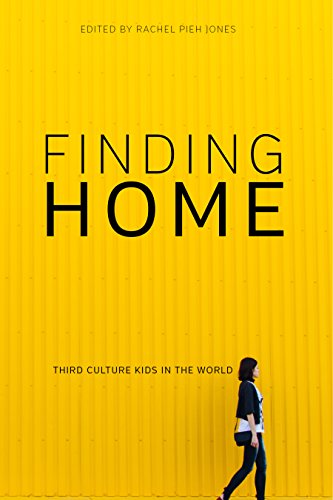
 Rachel Pieh Jones lives in Djibouti with her husband and three children. She has written for the New York Times, Runners World, the Christian Science Monitor, Brain Child, and the Big Roundtable. Her next book will be published by Plough in 2019. Visit her at:
Rachel Pieh Jones lives in Djibouti with her husband and three children. She has written for the New York Times, Runners World, the Christian Science Monitor, Brain Child, and the Big Roundtable. Her next book will be published by Plough in 2019. Visit her at: 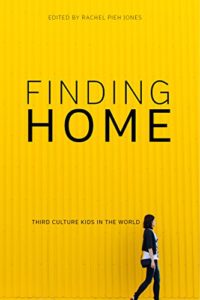 We’re doing a giveaway of the e-version of this book of essays by various writers about what it’s like to raise or be a Third Culture Kid (TCK). To enter, simply sign up for
We’re doing a giveaway of the e-version of this book of essays by various writers about what it’s like to raise or be a Third Culture Kid (TCK). To enter, simply sign up for 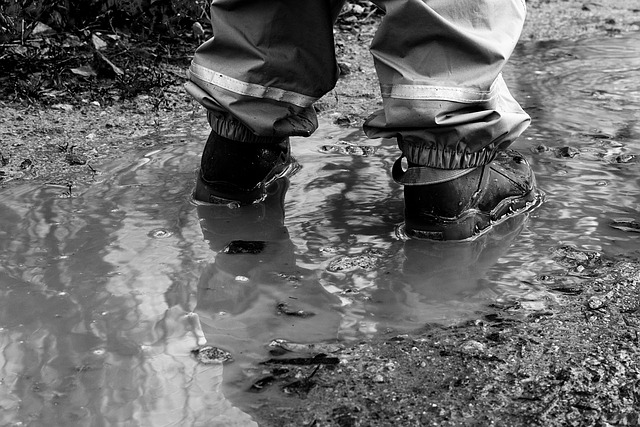
 Gena Thomas served as a missionary in northern Mexico for over four years with her husband, Andrew. While there, the couple founded and managed El Buho, a coffee shop ministry that still serves the town of Hidalgo. Gena holds a masters in International Development. Purchase her book,
Gena Thomas served as a missionary in northern Mexico for over four years with her husband, Andrew. While there, the couple founded and managed El Buho, a coffee shop ministry that still serves the town of Hidalgo. Gena holds a masters in International Development. Purchase her book, 